Is Right Now The Perfect Time For Dodge//SRT To Return To NASCAR?
New Car & New Venues Could Prove To Be A Wise Investment...

The National Association for Stock Car Auto Racing (NASCAR) is at a pivotal point in its history. After being the second most-watched sport at the end of the millennium, the auto racing sanctioning body decided to move away from the format that made the series so popular in an attempt to capture even more followers as the sport proceeded into the next decade. Unfortunately, it didn’t work.
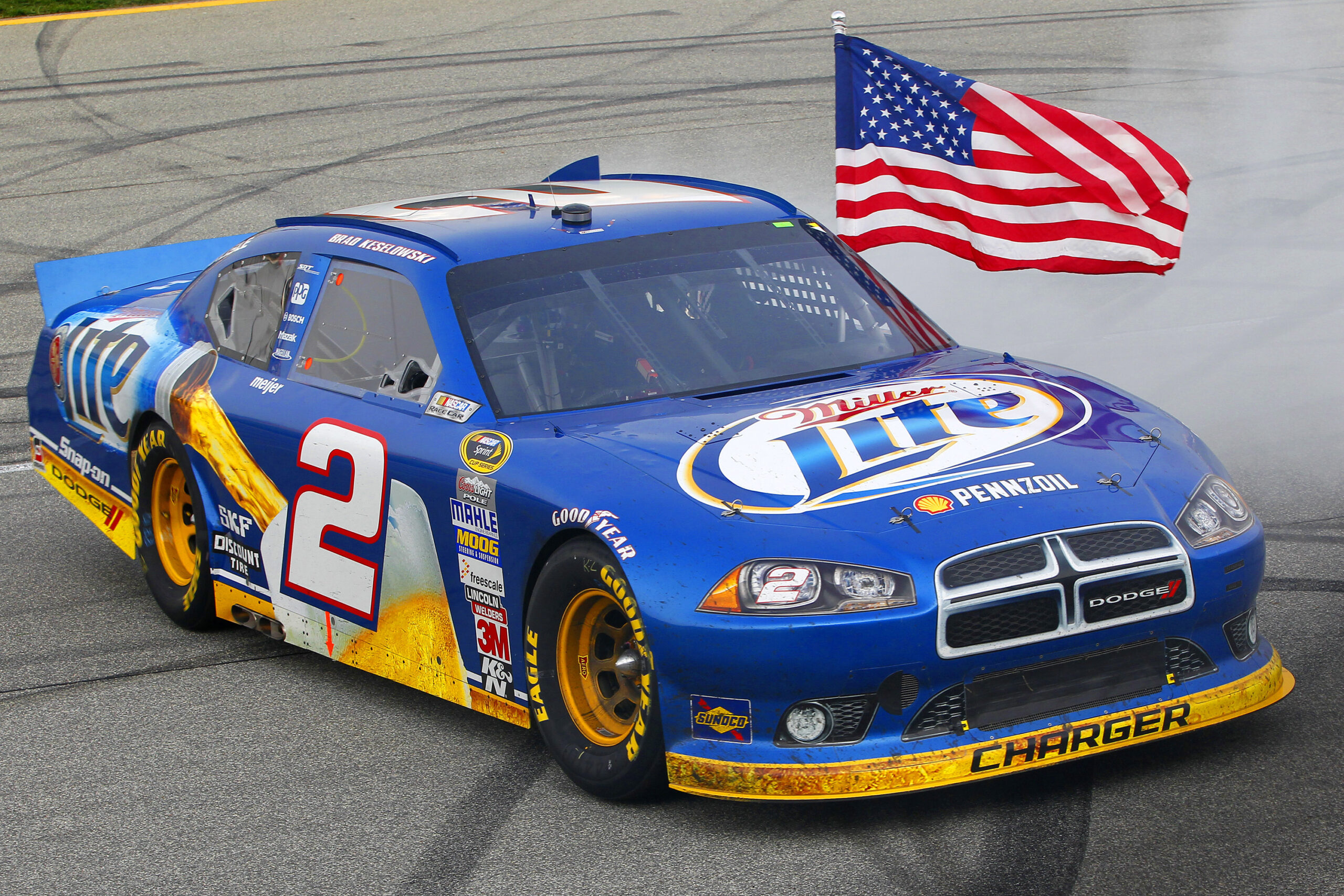
Over the past 17 seasons, NASCAR has constantly changed rules, changing racing formats, updating the cars to be safer but less exciting on the track, and selling every square inch of the racing surface to anyone willing to put its name on it. This has left many long-time fans confused, unsatisfied, and unimpressed with how today’s racing is presented.
NASCAR has finally realized it has done wrong and is once again revamping its famed “Cup” series trying not to alienate its past fan base in the process of doing so. With the ongoing pandemic canceling most sporting events across the globe this past year, NASCAR along with iRacing (a subscription-based motorsports simulation online video game) was able to have its real drivers continuing to entertain fans on live television. This included past drivers, venues that hadn’t been raced at in years all in front of a live television audience.
It provided to be so successful during the pandemic, reaching fans that hadn’t watched the series in a number of years that it was actually broadcasted on FOX.
Over the past few years, NASCAR has been replacing some of its key management staff with new talent. This has lead to some exciting new things for the brand including a new much more modern race car, new venues on the calendar, and more exposure globally.
The New Next-Gen Car:

This past week, NASCAR unveiled its seventh-generation Cup series race car dubbed the “next-gen”. The next-gen car is a completely new car from the ground up, built around a modular architecture to allow teams to replace certain composite sections of the car if damaged versus repairing an entire side of sheet metal, a safer environment for the driver, and allows some newer technologies never seen on a Cup car before.

Working with the three current manufacturers (Chevrolet, Ford, and Toyota), the next-gen car has a greenhouse that is lower offering a more aerodynamic profile. The cars are now asymmetrical, allowing the cars to look more like a street car rather than some twisted vehicle made to get great side force for turning left. There is also more cooling, allowing the cars to keep engine temperatures down thanks to functional hood vents. These vents not only keep the engines cooler for more horsepower but also help with downforce. The next-gen cars do retain their same 110-inch wheelbase, however, are wider by 1.5-inches, and shorter by 6-inches.

Each manufacturer still maintains its own unique profile but each is still able to conform to each other’s general shape to keep the cars competitive. A shorter rear decklid allows the cars to look more like their street-going counterparts from the side profile. The cars ride higher than the recent NASCAR Cup cars, allowing more air underneath the cars. Independent rear suspension (IRS) has been added to the next-gen car for the first time and allows for a rear diffuser underneath the rear of the car, to help the teams control the air underneath the car.

Currently, each Cup car is created by a tubular chassis made by the teams from raw steel tubing. For the next-gen car, all frames will be provided by Michigan-based metal fabricator Technique Inc. The car will consist of a common center structure with bolt-on front and rear substructures. This will allow teams to bolt on new structures instead of throwing an entire chassis away after an accident. Saving huge amounts of money in operating costs for each team.

While IRS should be a huge improvement for how the cars handle on short tracks and road courses, there is also the addition of a new Öhlins four-way-adjustable damper at all four corners. This will allow teams to tune a single unit rather than carry a dozen or more dampers in their haulers to each race. Teams will be able to make adjustments on pit road, and springs will still be specific to each of the team’s liking per track.

NASCAR has also removed the driver’s ability to make an adjustment to the track bar (or the side-to-side movement of the car’s rear axle). Instead, teams will still be allowed to adjust the track bar using a wrench through the rear window in the garage or on pit road. This should also help improve the team’s involvement in the strategy of how the race car performance during the race.

One of the biggest changes for the next-gen car is the addition of rack-and-pinion steering. While rack-and-pinion steering has been around for decades, NASCAR continued to use a recirculating-ball steering box. The new system should allow for better feedback to know exactly how the car is handling through feel from the driver.
When it comes to the engines, NASCAR will continue to leave the three powerplants untouched. Currently, manufacturers are allowed to run 358 cubic-inch V8s which produce about 670 horsepower (550 horsepower with restrictor plates). Now, while the engines remain the same, the exhaust gets massive updates for the new car. Instead of running the exhaust out the passenger side of the car, each bank of cylinders will exit from either the left or the right, depending on the bank they are coming from. This means the cars will sound quite different to those sitting in the stands.
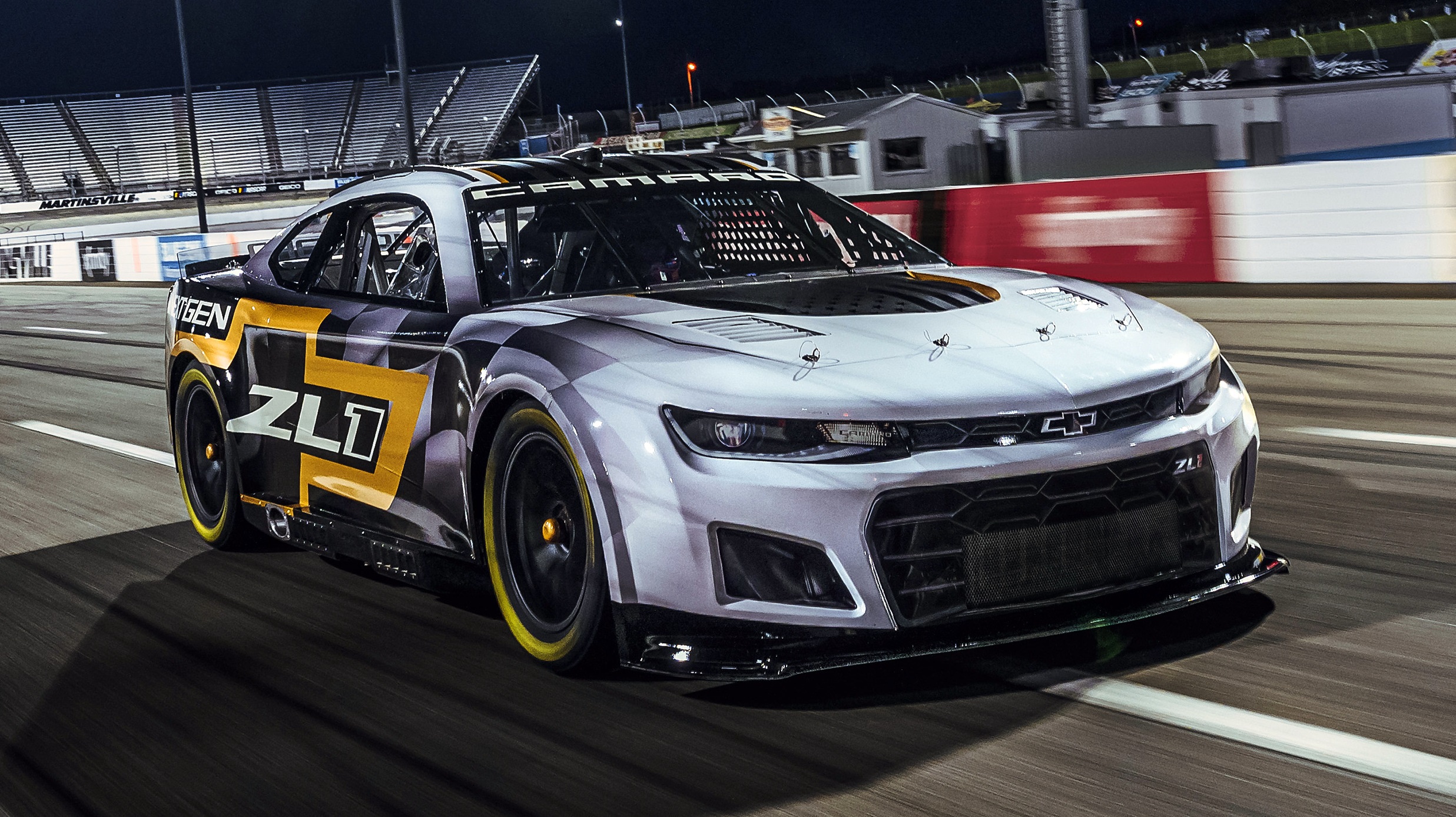
The biggest change to the next-gen car is in the form of the transmission. Gone is the reliable, but aged four-speed transmission. Instead, drivers will be switching gears via a 5-speed sequential transaxle provided by X-Trac. The additional gear should make it interesting at places like the road courses. The system also the platform to adapt over time, allowing for the addition of eventual hybridization to the stock car’s powertrain.
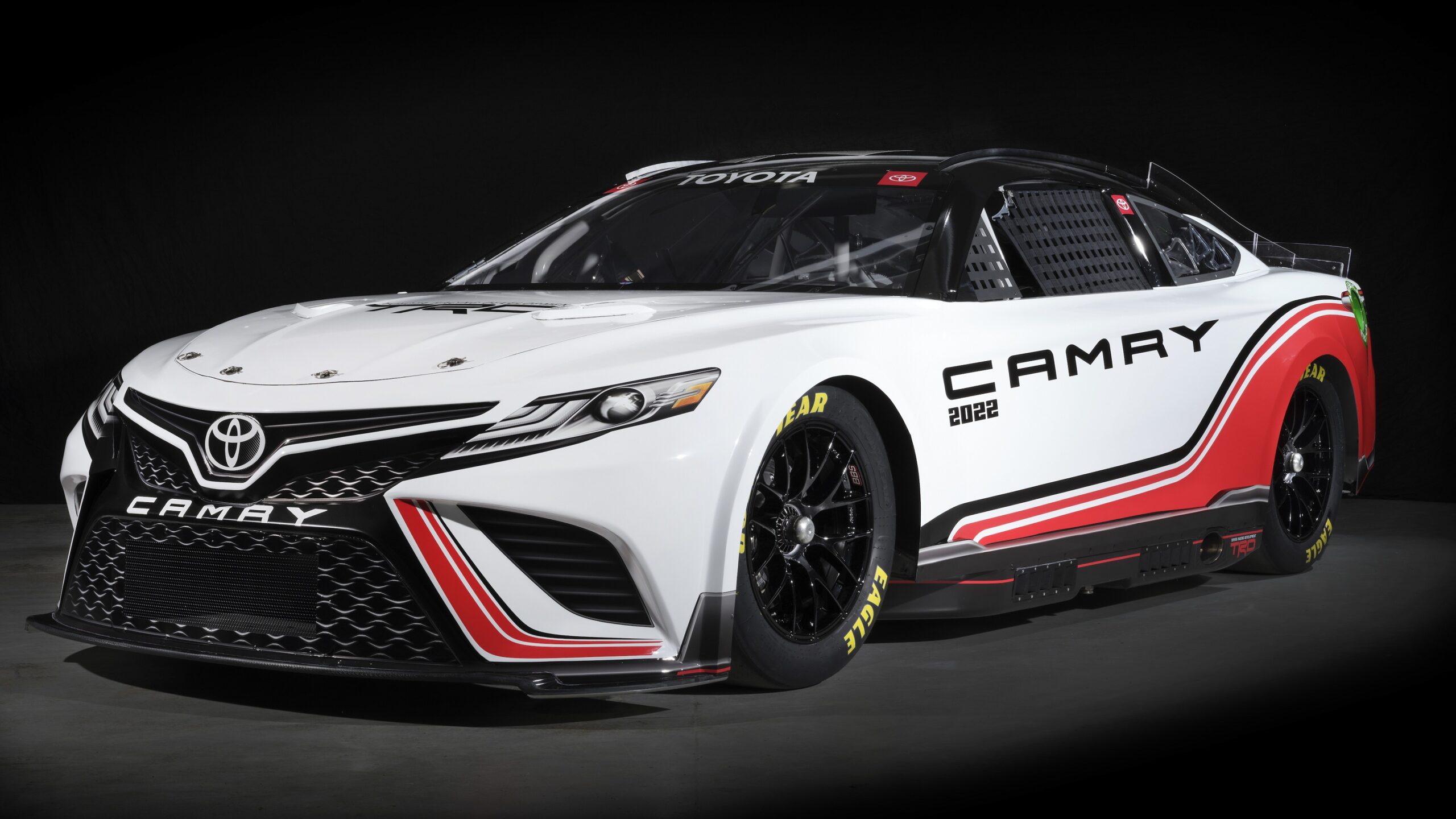
Gone are the 5-lug 15-inch x 10-inch steel wheels that fans have come accustomed to and are now replaced by center-locking BBS supplied 18-inch x 12-inch forged aluminum wheels, which look more up to date with today’s road-going vehicles. The change to a center-lock wheel was met by pushback from most teams, however, it required due to the 10,000 rpm air guns breaking each time it was slammed against the new aluminum wheels. The Goodyear Eagle racing slicks are now wider but offer a thinner sidewall. It will be interesting to see how the new tires do in racing conditions.

The new wheels also allow for bigger brakes. According to NASCAR, the cars will offer 15-inch (up 2.3-inches) six-piston calipers up front with 14-inch (up 1.3-inches) four-piston calipers in the rear. Two rotors will be available to choose from, both will have the same diameters specification, but will differ in thickness (narrower rotors will be used for high-speed oval racing).
New Venues More Exposure:
Over the past couple of seasons, we have seen NASCAR finally listening to its fan base and offering more road course races with the additions of the ROVAL (Charlotte) and in two weeks with the addition of Circuit of the Americas (Austin). We have also seen the addition of the series’ first dirt race since 1970 at Bristol Motor Speedway in March. So we can see that the NASCAR sanctioning body is willing to try new stuff trying to get more fans watching.
North Wilkesboro Speedway back on the cover of the Wilkes Journal Patriot pic.twitter.com/piBEuDP4i7
— Save The Speedway (@savethespeedway) May 5, 2021
But it isn’t just the addition of road courses that fans are looking forward to. Since last year’s NASCAR/iRacing event that ran on television, fans have been calling for a return to North Wilkesboro Speedway. North Wilkesboro Speedway is a short track that held races for NASCAR’s top-three series including 93 Cup series races and operated from NASCAR’s inception in 1949 to 1996.
Since then, the track featured a few races before closing again in the early-2010s. Even Jeremy Clarkson, Richard Hammond, and James May shot an episode of Top Gear at the track during their Top Gear days.
I’m willing to invest up to 1 million into the complex and even have a small @CampingWorld store on property https://t.co/rZrveGcP5O
— Marcus Lemonis (@marcuslemonis) May 7, 2021
It would take tens of millions of dollars to get the track modernized for a new Cup event. However, it has gained momentum even with CEO of Camping World Marcus Lemonis hinting at opening a store and helping to donate money to get the project going.
There have also been talks about adding the old Nashville Fairgrounds Speedway to the schedule. The short track held Cup races from 1958 to 1984 and is the oldest continually operating track in the United States. Former NASCAR driver Dale Earnhardt Jr. and the mayor of Nashville, both, have been big advocates to bring the 0.596 mile Nashville track to NASCAR’s center stage.
.@BenKennedy33 says NASCAR has started putting together preliminary drafts of the 2022 schedule.
➖ He eventually wants to expand its schedule presence to the Pacific Northwest and broader North America. https://t.co/IY8mEitom8
— Adam Stern (@A_S12) May 7, 2021
Adam Stern of Sports Business Journal reported this past week on Twitter that Ben Kennedy, NASCAR’s Vice President of Racing Development has started to put together a preliminary draft of the organization’s 2022 schedule, wanting to expand the schedule’s presence to the Pacific Northwest and in North America. Leading many to think that a race in Mexico and/or Canada is highly likely.
Mexico City and Denver are among the possible locations for future NASCAR street races, on top of the current primary target in Chicago, per sources. pic.twitter.com/zC2L9eyTIa
— Adam Stern (@A_S12) May 7, 2021
Stern also reported that Mexico City and Denver are possible future locations for NASCAR street races, something NASCAR has been talking about doing for the past few decades with the original talks of doing so taking place in New York City. Stern also highlighted that NASCAR has already set a primary target for Chicago to host a street race in the near future.
So it seems that NASCAR has some big plans for developing or redeveloping for some new exciting venues that would satisfy both new and old fans alike.
The Big Question:
That leaves us to the reason for this article, is this the perfect time for Dodge to come back into NASCAR? After almost being 10 years away from the sport, is the addition of a completely new car that better identifies with the product sold in showrooms and the future expansion of the schedule worth the investment to return?
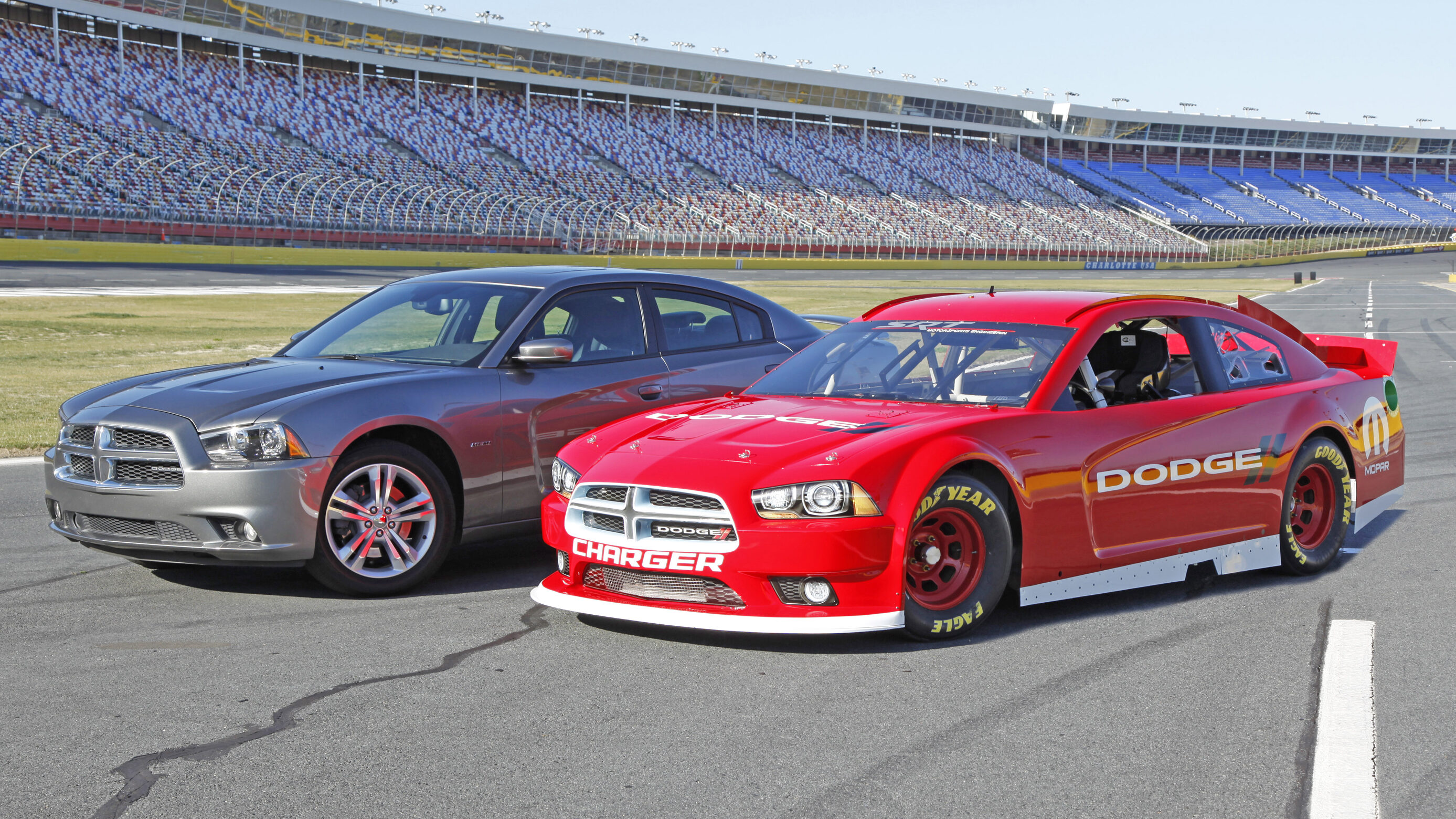
Both Dodge and Ram continue to sponsor coverage of the televised NASCAR races, yet it really doesn’t do anything for fans of those vehicles when there isn’t a product out on the race track to cheer on.
With a new generation of Dodge Challenger and Charger coming in late-2023, we doubt we would see a Dodge-branded car back on track before then. Getting a contract together with an experienced team to represent the brand would take quite a long time to put together.

Dodge originally looked for a team to run the brand’s program back in 2013, to debut its sixth-generation Dodge Charger Cup car after Penske Racing backed out of renewing their contract with the brand, due to the automaker not wanting to sign a multi-year contract and wanting to continue with a yearly contract instead.
Rumors have swirled over the past several years, that Dodge has been talking to RCR since 2013 about a Cup series return. The rumors fired up again about three years ago when it was announced that Richard Petty Motorsports (which has a huge history with the Dodge brand and former Chrysler Corporation brands), were forming an alliance with RCR to produce its cars.

Several other manufacturers have talked to NASCAR about joining the Cup series over the past decade. NASCAR has been wanting for more manufacturers to come to the sport, however, massive declines in attendance, television viewership, competitive racing, as well as huge increases in the cost of building a competitive team, have kept manufacturers at bay.
According to many media sources, NASCAR Vice Chairman Mike Helton, Tim Kuniskis – CEO for the Dodge//SRT brand, and former FCA CEO Sergio Marchionne, had met at the 2017 North American International Auto Show (NAIAS) in Detroit for breakfast to discuss the possibility of the Dodge//SRT brand returning to NASCAR. There were also several media sources reporting that FCA executives had attended a Cup race at Michigan International Speedway that year as well, however, neither side has said anything publicly about the event.

Today, Kuniskis continues to lead the Dodge//SRT brand, a brand that consists of three vehicles branded as “performance vehicles”. So one would only think it would make sense for the American performance brand to jump back into motorsports. The Mopar brand continues to partner with Dodge to operate at the National Hot Rod Association (NHRA) events, by sponsoring race events and a few teams, but Mopar oversees that operation for the most part.
The current timing just makes sense for Dodge//SRT to return to NASCAR. The new modular design of the car will allow teams a lower operation budget, hopefully cutting costs and the need for multi-deal sponsorships to continue operations. If Dodge were to return, finding a team to run its operations could take a couple of years to finalize the details. This would mean that a team could have experience fine-tuning the new modular architecture of the car, ultimately helping to spend less development time to get a new manufacturer on the track.
What do you think? Should the Dodge//SRT brand return to NASCAR? Would you watch it? Let us know in the comments below or in the MoparInsiders.com forums.

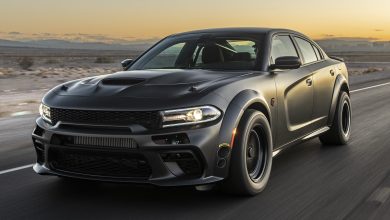
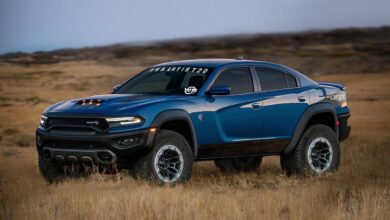

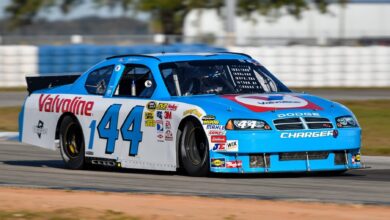
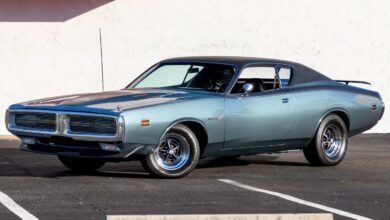
21 replies
Loading new replies...
Join the full discussion at the Mopar Insiders Forum →